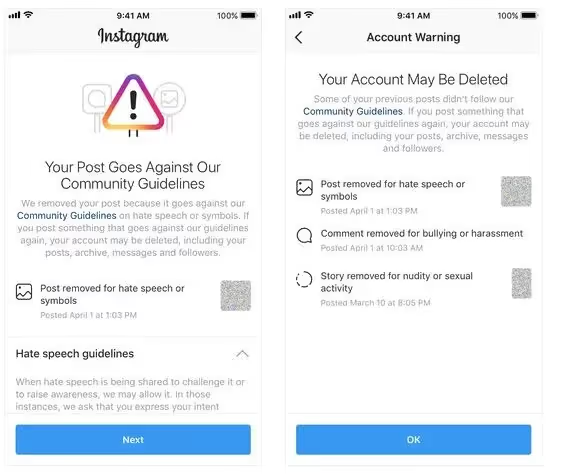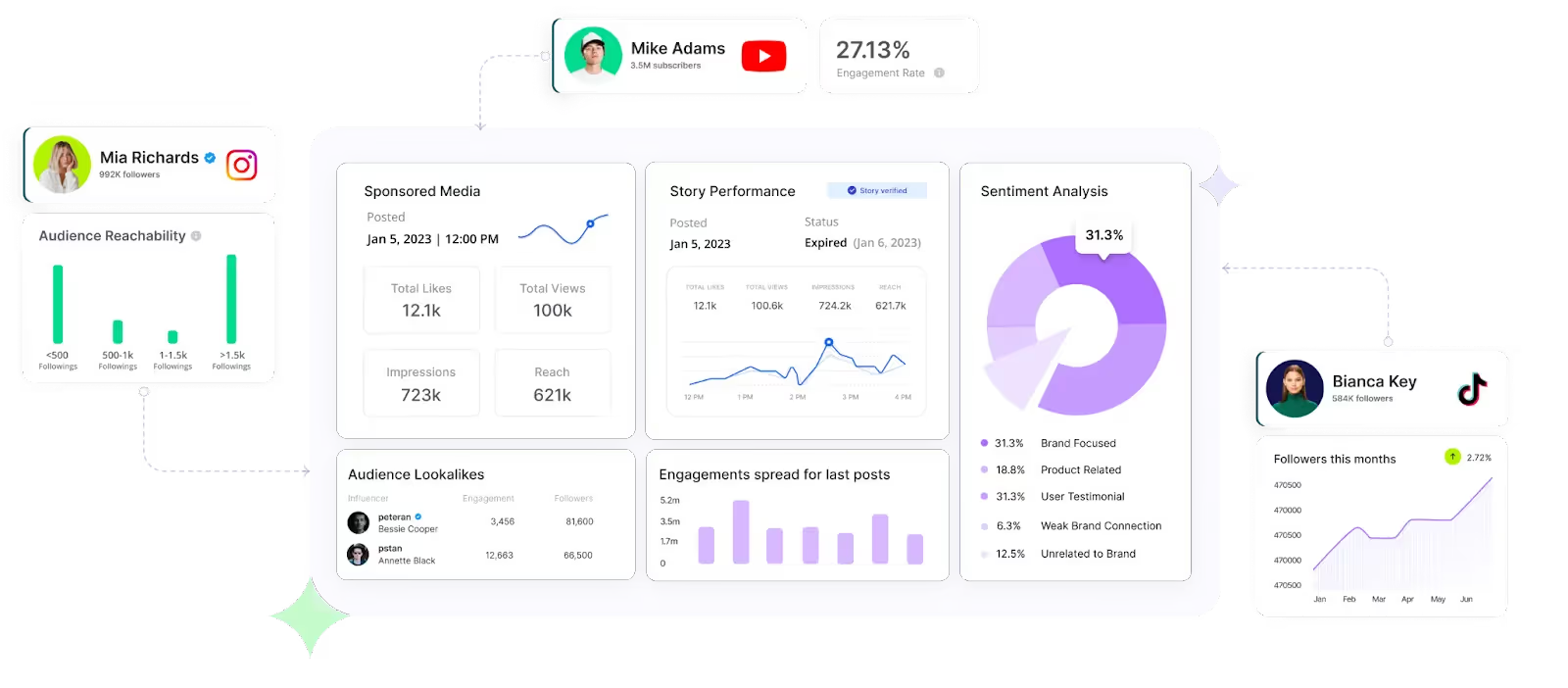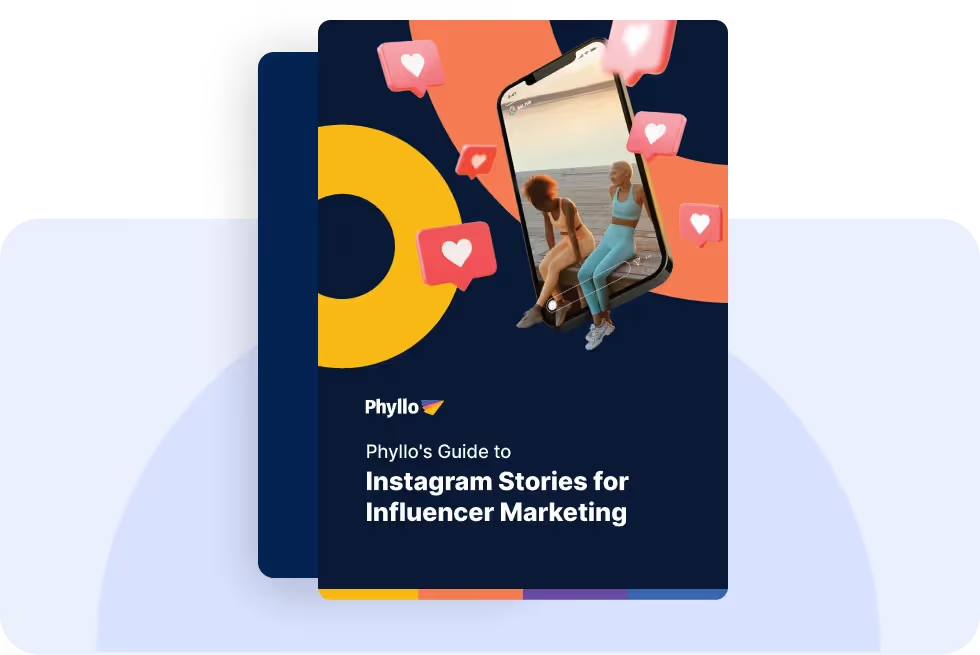According to a survey, 82% of consumers believe they are less likely to engage with a brand if they advertise inappropriate content online. This signifies the importance of guarding brand image for gaining trust and building a sustainable business model in the online world. However, different challenging situations constantly pose threats to brand safety in the absence of a robust auto-addressing mechanism. That’s where the Brand Safety API comes into the picture.
What is Brand Safety? Why is it Important?
According to the International Advertising Bureau (IAB), brand safety solutions help brands avoid inappropriate content for advertising and publisher monetization, irrespective of the advertisement or brand. That said, brand safety is imperative to ensure your advertisements do not endorse inappropriate content, such as illegal drug consumption or hate speech, that is outright toxic to your brand. However, that’s not all. Your advertisements should also not appear alongside content that might go against your brand’s vision or specific objectives. For instance, if your brand focuses on fitness, it should not appear alongside content that promotes junk food.

Why is brand safety important? When you are advertising online, even a single misstep can hamper your brand reputation in the long term. Surprisingly, nearly 90% of consumers do not associate with a business with a bad reputation. A bad reputation may also force 87% of consumers to reverse a purchase decision in the wake of bad reviews for a business online. That’s why brands avoid supporting extremist content that may affect the effectiveness of their advertising campaigns.
Key Challenges in Ensuring Brand Safety
Guarding your brand reputation with limited manpower can be extremely challenging. Here are some key challenges for your review.
Rapidly evolving Digital Content
The digital world frequently evolves, with new content uploaded every second. Keeping an eagle’s eye on brand safety from hateful comments or inappropriate tagging is nearly impossible with manual efforts.
Inappropriate or Harmful content
Without any pre-input restrictions, ad partners may unintentionally (not ad fraud) display your digital ads alongside content that’s harmful, offensive, or not in compliance with your brand values. Sometimes, it may take months to detect and report such incidents.
Contextual Misalignment
If your ads are placed in irrelevant or poorly matched contexts (not necessarily harmful), their conversion capacity can still diminish. That might also hamper brand image, which most brands need continuous help monitoring.

Compliance with Regulations
Brands must also stay compliant with advertising standards and regulations across different regions. This becomes extremely challenging amidst frequently changing guidelines. Failure to meet the compliance can result in limited ad exposure or complete restriction in display, resulting in compromised brand safety.
In this regard, an ideal brand safety API can help companies easily overcome all these challenges while ensuring brand safety across multiple platforms without any manual effort.
Understanding Brand Safety API and its Features
A brand safety API is a tool that automatically scans and analyzes content to determine if the environment is safe for brand advertisements. It checks for keywords, images, video content, and overall context to analyze the surrounding content. An AI-powered robust brand safety API can also detect sensitive content involving nudity, violence, and hate speech on partner sites to shield your brand from damaging controversies and reputation crises.
An ideal brand safety API offers you the following features
Integration with all major platforms via API
The API integrates with all major social media platforms to detect offensive content through real-time flagging and alerts.
Related Read:
- Social Media API: Guide on Top APIs for Developers
- How to Use Instagram API Integration?
- How to Use the TikTok API
- How to Get YouTube API Key
- Ultimate Guide on LinkedIn API Integration
Automatic scanning of text, images, video
The API uses AI and advanced natural language processing algorithms to automatically scan and flag inappropriate or harmful content, including texts, images, and video files.
Nudity, violence, hate speech detection.
Specialized filters can also detect material promoting nudity, violence, or hate speech. This is a crucial feature to avoid ads appearing alongside offensive content.

Customizable for brand blacklist
The API also allows you to customize it per your brand standard and vision. That said, you can blacklist a group of keywords, topics, or channels where you do not want to display your advertisements.
Near real-time infraction alerts
Whenever your brand is at risk of appearing next to inappropriate content, the API sends you real-time alerts to take swift action.
Detailed risk analysis reporting
The API also helps you identify the best place for ad placement powered by a detailed risk analysis report of various digital environments.
Now that you know how the API protects your brand reputation 24/7, let’s understand how to implement and integrate it easily.
Guide to Implementing Brand Safety API
Here is a straightforward guide to implementing the brand safety API effectively.
Acknowledge Your Brand Persona
It is imperative to set your brand persona and target your potential users so that you can create inputs, such as content, topics, keywords, or images, for the API to flag as unsafe for your ads.
Choose the Right Brand Safety API
Go for a brand that offers AI-powered moderation to reduce the risk of off-brand content across a wide range of platforms. Most importantly, it should offer GARM-compliant content analysis, as Phyllo’s Brand Safety API does. Also, the API should be capable of producing near real-time infraction alerts and detailed risk analysis reports for uncompromised brand safety.
Integrate with Advertising Platforms
List all the advertising platforms (e.g., Google Ads and social media platforms) where you want to integrate the API. Take the help of your IT team or coordinate with your API provider to understand the technical requirements of integration, such as endpoints, data formats, and authentication procedures. You may need to configure the API settings per each platform’s requirements. Finally, test the integration for data accuracy and real-time response capabilities.
Customize Your Safety Parameters
Create a blacklist of keywords, topics, images, and websites that are unsuitable for your brand image. Input this information into the API and adjust the sensitivity level to decide how stringent the API should be in flagging the potential risks. You may also be required to customize filters for different platforms per their distinct content types and user behaviors.
Test and Monitor
Pilot testing is important to adjust API sensitivity and parameters and address errors (e.g., false negatives or false positives) for individual platforms. Test the API on a limited number of ad campaigns or platforms to check the real-time monitoring and timely notification capabilities. Also, check if the API accurately analyzes and reports data to make informed decisions.
How does a Brand Safety API contribute to Digital Advertising?
Here is how a brand safety API plays a crucial role in protecting your brand image in the rewarding yet equally risky world of digital advertising.
Reduce the risk of off-brand content.
A wrong post can cost your brand, losing nearly 32% of your potential audience. However, with an ideal brand API, you can easily flag non-compliant, offensive, or morally inappropriate objectionable content with ease.
Value alignment with influencers and media partners
Influencer collaborations and media partnerships also involve the evaluation of your brand image from potential partners. Preventing offensive content through real-time flags and alerts helps you maintain a good brand reputation for attracting valuable influencers and media partners.
Easy GARM compliance
GARM (Global Alliance for Responsible Media) is a standardized framework to identify and prevent harmful content from being monetized through advertising. An ideal brand safety API can help you ensure GARM compliance by stringently monitoring posts, comments, reviews, and other public communication without any manual efforts.
Avoid PR disasters
Imagine Google serving your ads alongside sexually inappropriate or harmful content. This can significantly impact your consumer perception, who might have just been searching for you on Google a few minutes back. With prompt notifications, the API can save your brand from such PR disasters and reputation crises.
Monitor Affiliate Sites
When you allow affiliates to promote your brand, you seldom have more control over what content medium they use to do the job. If they are using any explicit, illegal, violent, incendiary, or politically charged content, it may compromise your brand safety. In this regard, the brand safety API can easily track partner sites and help you address any anomalies before it gets too late.
Ensure Influencer Alignment
You have control over influencer collaboration, but you can’t control who promotes you organically to gain an official influencer cap in the future. The API helps you analyze their content, values, and audience demographics to check if they align with your brand image for future collaborations.
Best Practices in Implementing Brand Safety API
Ensure API security
API security is important to avoid cyberattacks and misuse. A poorly maintained API can expose your sensitive user information to unwanted malicious actors. Due to API hacks, billions of records have already been exposed in the past. An unsecured API is prone to different types of cyberattacks, such as stolen authentication, man-in-the-middle attacks, code injections, and denial of service attacks.
Utilize Advanced Analytics
Configure your brand safety API to track and record detailed analytics on ad placement locations, types of content flagged, and user engagement metrics. Review those data at least once weekly, bi-weekly, depending on your campaign scale and dynamics, to identify trends and patterns for ad optimization. The insights gained from the analytics can help you plan to shift ad spending to safer, more effective platforms or refine the target audience with ease.

Do A/B Testing
We have previously discussed how testing the API is important before integrating it on different platforms. To successfully do that, you must identify different variables for your A/B testing. For instance, you may choose to run experiments with variations in ad content or placement partners. You can start with one or two versions of your digital campaigns simultaneously but in controlled environments. Track KPIs for each version, including the number of flagged content, reporting frequency, data accuracy, etc. Analyze the results and refine your API settings to optimize its performance with each iteration.
What security measures are in place to protect data processed by Brand Safety APIs?
As per a recent survey, where 60% of organizations reported data breaches in the last two years, 74% admitted experiencing at least 3 API-related hacks. Even 58% of participants reported that APIs expand the attack surface. These alarming stats underscore the need for data protection of brand safety APIs that are highly imperative. In this regard, here are some best practices to ensure API security:
SSL/TLS encryption
SSL/TLS encryption offers high data security, so it is ideal for API data involving sensitive data or storing private information. To increase security further, you should use the latest version of HTTP with the TLS 1.3 protocol enabled.
Implement rate limit
Implementing rate limiting on API calls protects data against malicious automated attacks, such as too many requests simultaneously. As the brand safety API can receive multiple access requests from the same user quickly, this additional layer of security will keep hackers at bay.
Restrict access to sensitive data.
Brand safety API might record a massive amount of sensitive user data collected from different media platforms for analysis. Therefore, curbing access to such data with additional measures is essential. Consider utilizing authorization policies or encryption tokenization, which best suits your application requirements.
- Update regularly and patch vulnerabilities quickly.
- Use API gateways
- Secure storage and encryption of data at rest
- Use a Web Application Firewall (WAF)
Protect Your Brand Reputation with Phyllo
With Phyllo’s AI-driven Brand Safety tool, reduce the risk of off-brand content and easily perfect your content and value alignment across major platforms. The API can automatically scan inappropriate text, images, and video content with real-time infraction alerts to help you avoid PR disasters and keep your social positive 24/7.
If you want to streamline your B2B campaigns, check out Phyllo’s LinkedIn Creator Search to amplify your B2B campaigns easily.


.avif)







